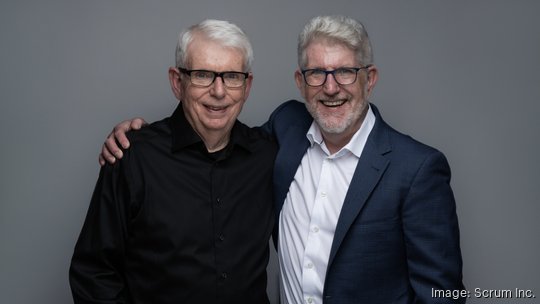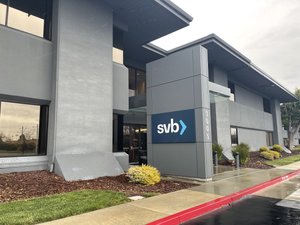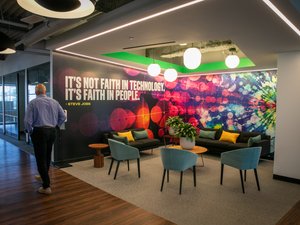
Scrum, an agile project management framework devised in Cambridge, took over the software development industry in the 1990s and rose to prominence in the dot-com era.
Now, 30 years after Jeff Sutherland created the framework, Scrum has spread beyond the software industry and has been implemented by companies like John Deere, Rocket Mortgage and OpenView Venture Partners.
This growth has been driven in large part by Scrum Inc., a company founded in 2006 by Sutherland to bring Scrum into companies through consulting and training services. On the 30th anniversary of Scrum’s creation, its namesake company is unveiling its new Scrum QuickStart, a digital, on-demand course offering, to bring Scrum’s principles to even more people.
“When we first benchmarked Scrum 30 years ago, it was enabling teams to produce ten times as fast as other project management frameworks. We’ve boiled down the key principles into a course offering that enables any organization to go Agile,” Sutherland, Scrum Inc.'s founder and chairman, said in a statement. Sutherland was a fighter pilot during the Vietnam War, cancer researcher and chief technology officer.
The company calls Scrum the most widely used agile framework for improving performance.
Scrum CEO JJ Sutherland built the company alongside his father after working for WBUR and NPR. He said Scrum’s approach focuses on setting clear priorities, delivering incremental product updates and iterating on feedback, building a team structure that works together as a single unit and creating a culture that believes in continually improving and delivering value for customers.
“For a lot of people, work sucks. It just does. And the thing is, what Agile and Scrum really teach is, it doesn’t have to. That’s a choice. And then by teaching people how to make a different way of working possible frees them up, both in their personal enjoyment of their work and their lives, as far as not having to work insane hours,” JJ said.
JJ said Scrum works with companies and teams in several ways, including through in-person or Zoom training. Scrum has 56 employees across the U.S. and United Kingdom.
A few years ago, JJ said Scrum began a digital evolution as companies reached out about training larger groups of people. Schlumberger, an oilfield services company, asked Scrum if they could train groups of 10,000 at a time.
“I said you know what, today I can’t. But I’m going to figure out how we can do it,” JJ said.
Jessica Larsen, chief product owner at Scrum, said the Cambridge-based company launched a digital training product called Scrum QuickStart a couple of years ago.
“Since then, what we’ve been working on is learning how it’s used, how organizations are getting the most benefit out of it and where there’s opportunity to really capitalize on that benefit,” Larsen said.
She said one of the key ways companies are using Scrum QuickStart is to onboard new team members who haven’t been through a full Scrum training. Larsen said it has also proven useful in teaching Scrum language and processes to those who aren't on Scrum Teams, but who work closely with them. John Deere was one of those companies who tested an earlier version of Scrum QuickStart to train thousands of people in its global IT group.
“People can take it at their own pace and they can go back and review it whenever they want,” Ryan Trotter, a principal Agile coach who’s worked for more than 25 years of experience in various capacities at John Deere, said in a statement. “It really hit a sweet spot for our software engineers.”
This new version of Scrum QuickStart incorporates technology like AI and the ability for clients to include customized content for their employees, Larsen said. AI was used to create a chatbot trained on the company’s own learnings and content that users can ask questions.
JJ said that after 30 years of seeing the Scrum framework at work in companies, they’re still looking for ways to bring this approach to more people.
“I think all of our goal is the next time someone comes to us and says, ‘Hey can you do 10,000 people at once?’ Well, now I can say yes,” JJ said.
Sign up for The Beat, BostInno’s free daily innovation newsletter from BostInno reporter Hannah Green. See past examples here.








